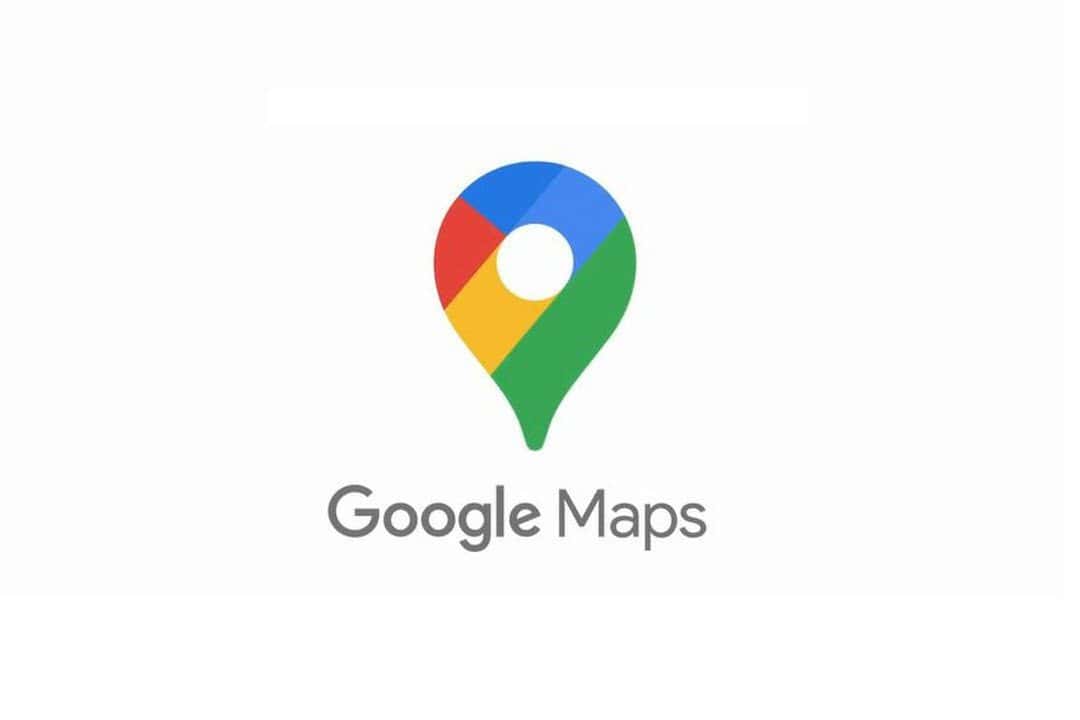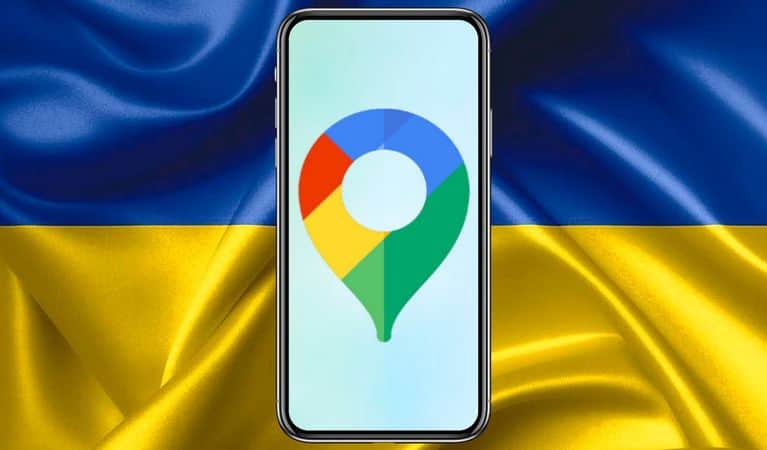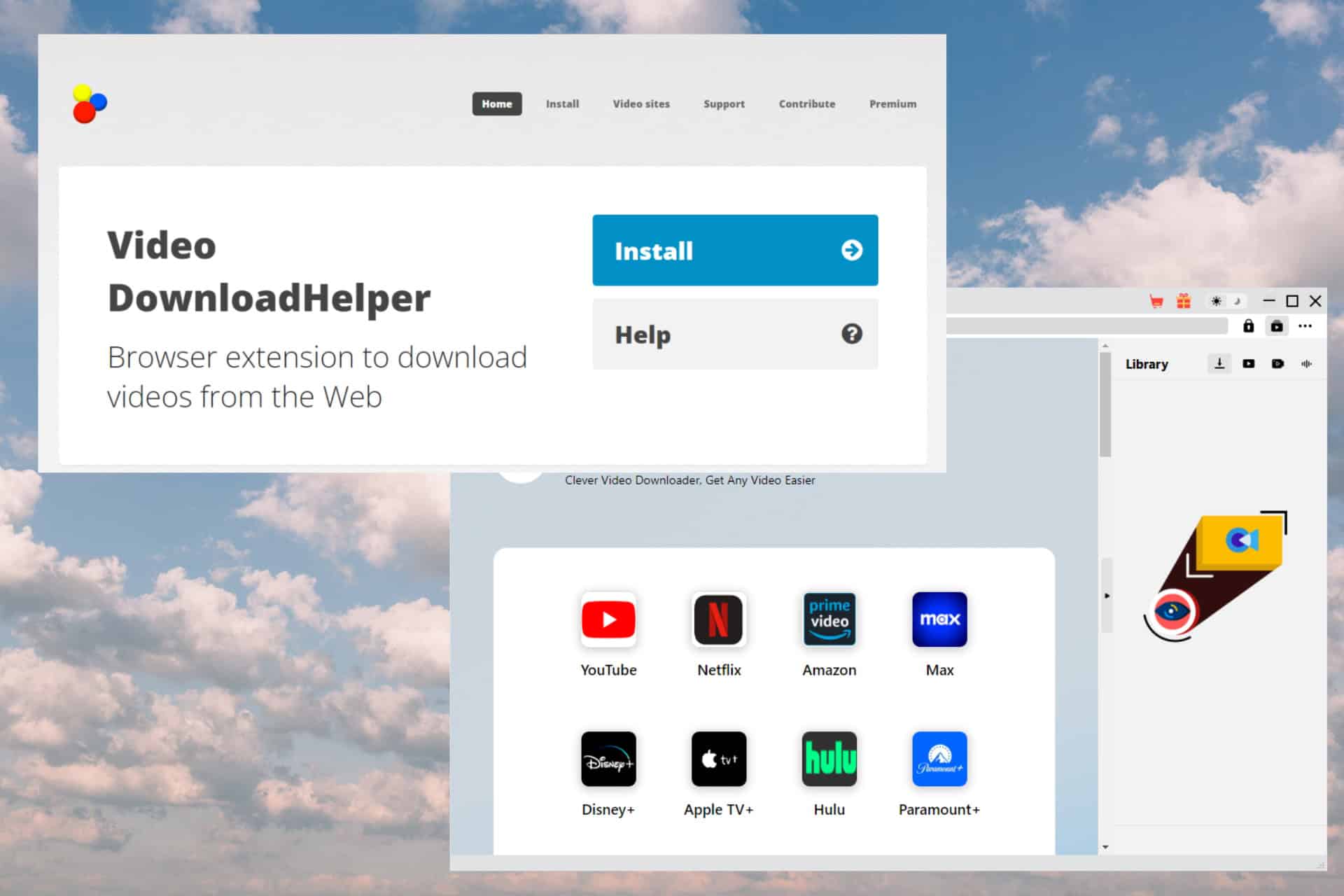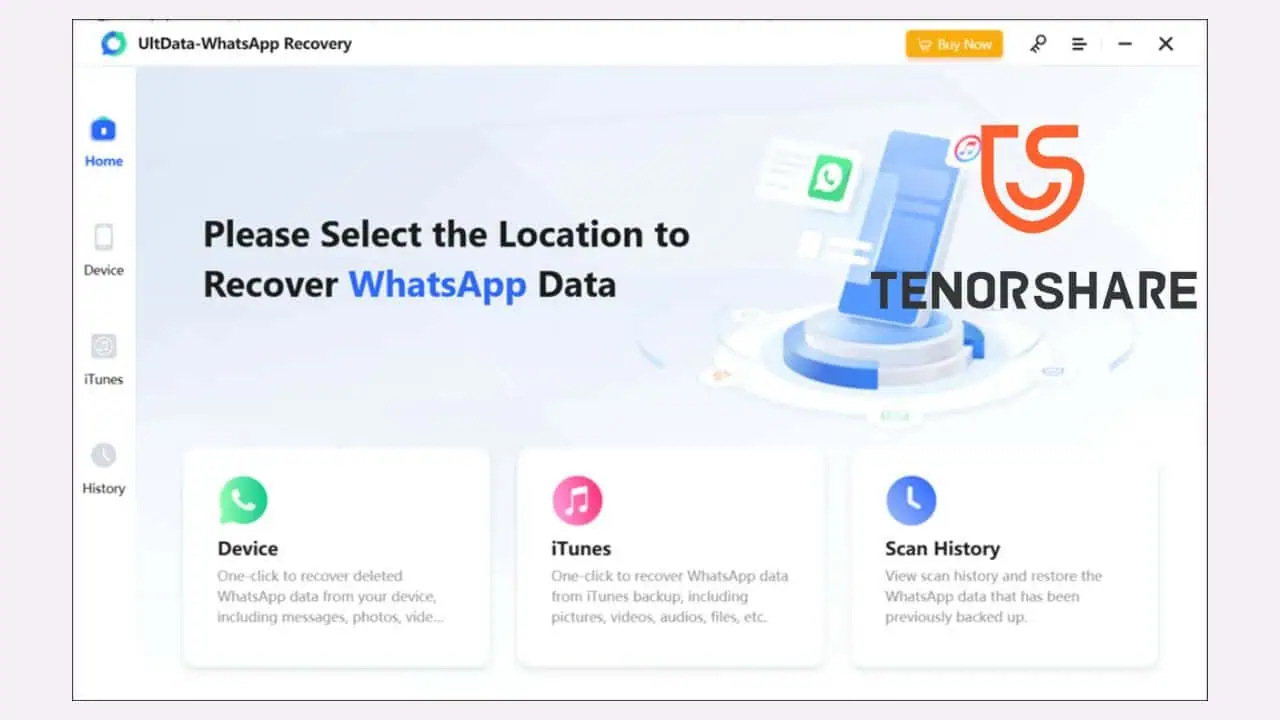Google disables Google Maps live traffic data in Ukraine amid attack
3 min. read
Published on
Read our disclosure page to find out how can you help MSPoweruser sustain the editorial team Read more


In this era, digital technology has proved to be a potential tool for war or peace. As such, Google confirmed on Sunday to Reuters that the Google Maps feature providing live traffic data had been temporarily disabled to protect the safety of Ukraine, which is currently under attack by neighboring Russia.
Russia’s invasion of Ukraine has forced civilians to flee the area. However, these movements could be exposed through the Google Maps feature that offers insights about the live traffic conditions. As such, upon consultation with some sources, along with regional authorities, Google verified switching off said feature for Ukraine globally. Nonetheless, Google Maps live information traffic would still be accessible to drivers using the turn-by-turn navigation features in the area.
How does it work?
Open-source intelligence (OSINT) uses available data online to get a picture of what is happening on the ground. For instance, Google Maps utilizes the live traffic data sent anonymously via smartphones to receive information about heavy traffic and congested businesses. Slow-moving or unmoving signals would provide insight that the road is congested.
How does this information pose a threat?
Experts claim that this data could provide insights on the progress of the attack. In fact, Open-source intelligence (OSINT) expert, Professor Jerry Lewis of Middlebury Institute said to Motherboard that they are probably among the first to see the invasion. And they saw it through the traffic app after noticing uncommon “traffic jams” on the Ukrainian border.
While these data might give valuable insights, they typically need to be interpreted with other reliable sources because they do not provide the complete picture. Benjamin Strict, director of investigations for the Centre of Information Resilience, told the BBC that these data could be useful, but they do not give the whole picture. As such, it is crucial to double-check to avoid any misinterpretation.
For instance, the “traffic jams” spotted on the Belgorod, Rusia to the Ukrainian border before the attack were more likely sent out from smartphones of civilians who were stopped at roadblocks rather than from soldiers’ smartphones.
Who could use this information?
Online mapping like this could expose valuable information even inadvertently. For instance, When Stava, a fitness tracking app released the activity of its users in 2017, it also inadvertently exposed the location of some secret US army bases. The data shared online about the exercise routes could be utilized to spot overseas facilities.
As Professor Lewis said to Motherboard, these data are indeed useful and could be pretty cool when used right. But companies have to acknowledge that they could also be useful for Russia, which might be trying to locate an offensive from Ukraine. Indeed, these tools could yield valuable information to anyone on the internet from any side of the conflict.








